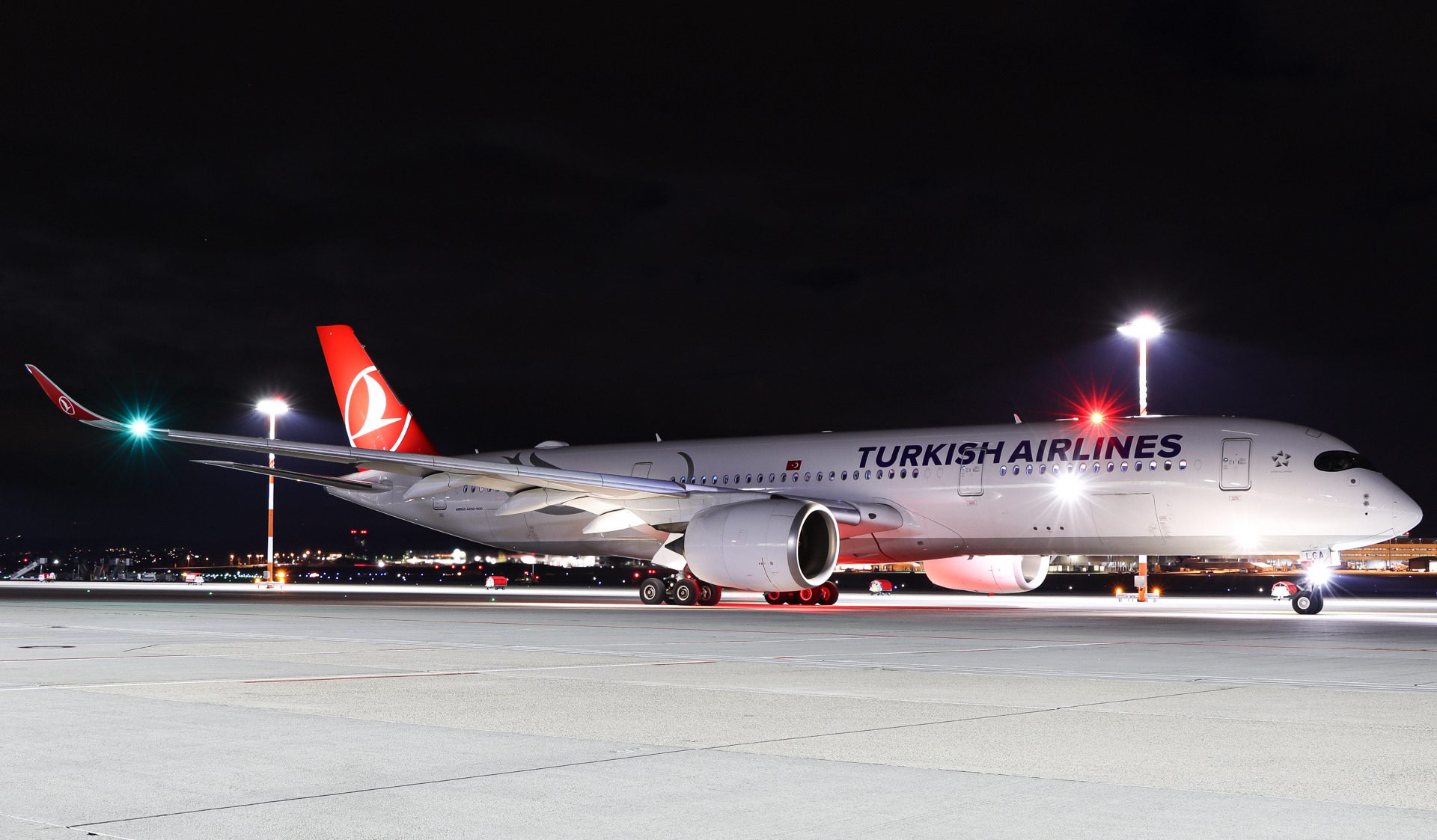Turkish Airlines teases a gargantuan order of 600 aircraft. The first part of this deal will be announced at the forthcoming IATA AGM in Istanbul, 4-6 June. Professor Doctor Ahmed Bolat, the airline’s Chairman, shared some details at the airline’s new menu reveal event a couple of days ago.
Turkish Airlines’ Massive Order Announcement

In an interaction with journalists, Bolat revealed, “Over the past 20 years, Turkish Airlines has grown by an average of 12%. We intend to grow 7.6% over the next decade and aim to possess 813 aircraft by 2033. During the IATA event, we plan to share these updates with a major manufacturer. We are close to finalizing discussions. Our plan involves ordering approximately 600 aircraft, of which 200 will be widebody and 400 narrowbody.”
Join us on TELEGRAM for the Latest Aviation Updates fresh to your phone.
Bolat further emphasized that the fleet expansion would facilitate the airline’s goal. They aim to transport 170 million passengers within a decade.
Boeing and Airbus in Turkish Airlines’ Plan

Bolat remained tight-lipped about the aircraft type and manufacturer. However, he hinted at both Boeing and Airbus being a part of these deals. “We are almost there with one company,” he said. “We don’t want any delays. There is an air show coming up, and we can announce the other company then.”
Currently, Turkish Airlines has a diverse fleet. It comprises a large number of Boeing and Airbus aircraft, both widebody and narrowbody. The new technology aircraft in the fleet include A320neo family jets and 737 MAX. On the widebody side, it flies the A350-900 and the 787-9. A330s and Boeing 777s are also in operation.
Turkish Airlines’ Eyes Australia
Turkish Airlines has Australia on its radar. Bolat hinted at launching either Melbourne or Sydney routes this year. Melbourne seems to be the front-runner due to its night flight curfew flexibility and a large Turkish diaspora.
However, the current aircraft can’t make the trip in a single go. Bolat suggested a stopover, likely in Singapore, for the short term. For nonstop flights, they would need something with more legs, putting two aircraft in contention.
The Right Aircraft for Turkish Airlines
“An XWB A350 or a 777X, the -8, is the right aircraft for this,” Bolat stated. “But, as you know, they are not going to be available. Turkish Airlines doesn’t want to take the risk of being launch customers. We have avoided immature aircraft for the past 20 years.”

Without explicitly stating, Bolat ruled out the 777X as a potential aircraft for the fleet. Considering its unavailability and immaturity, the airline is keen on the A350-1000 for the Australia route. This aircraft is also Qantas’s choice for its Project Sunrise ultra-long-haul flights. If Airbus manages to tweak its range, it might gain another customer.
READ ALSO: United Places Largest Aircraft Order in a Decade
This doesn’t mean Boeing is out of the picture. The Dreamliner’s fuel efficiency makes it valuable for Turkish Airlines. It wouldn’t be surprising to see a top-up for that fleet. With the order details set to be announced next month, we will soon see how it pans out.

Considering the significance of this development, how do you think this strategic move will shape Turkish Airlines’ future in global aviation? Share your insights in the comments section below!
Youssef Yahya is the CEO and Founder of Aviation for Aviators. He also serves as the Chief-in-Editor of the platform’s website, where he shares his passion for aviation and provides valuable resources for aviation enthusiasts and professionals alike. His love for aviation and entrepreneurial spirit drive him to create innovative solutions, making Aviation for Aviators a unique resource in the aviation sector.
You might also like:
- B747 vs a380-How Much Are They Worth in 2022?
- Emirates A350 Launch Delayed Due to Airbus Supply Chain Issues
- Solar Impulse 2: The Groundbreaking Solar-Powered Aircraft that Circled the World
- The Boeing 747 Type That Failed
- EgyptAir Celebrates 91 Years of Service: A Look Back at Its History, Achievements, and Future
Discover more from Aviation for Aviators
Subscribe to get the latest posts sent to your email.

